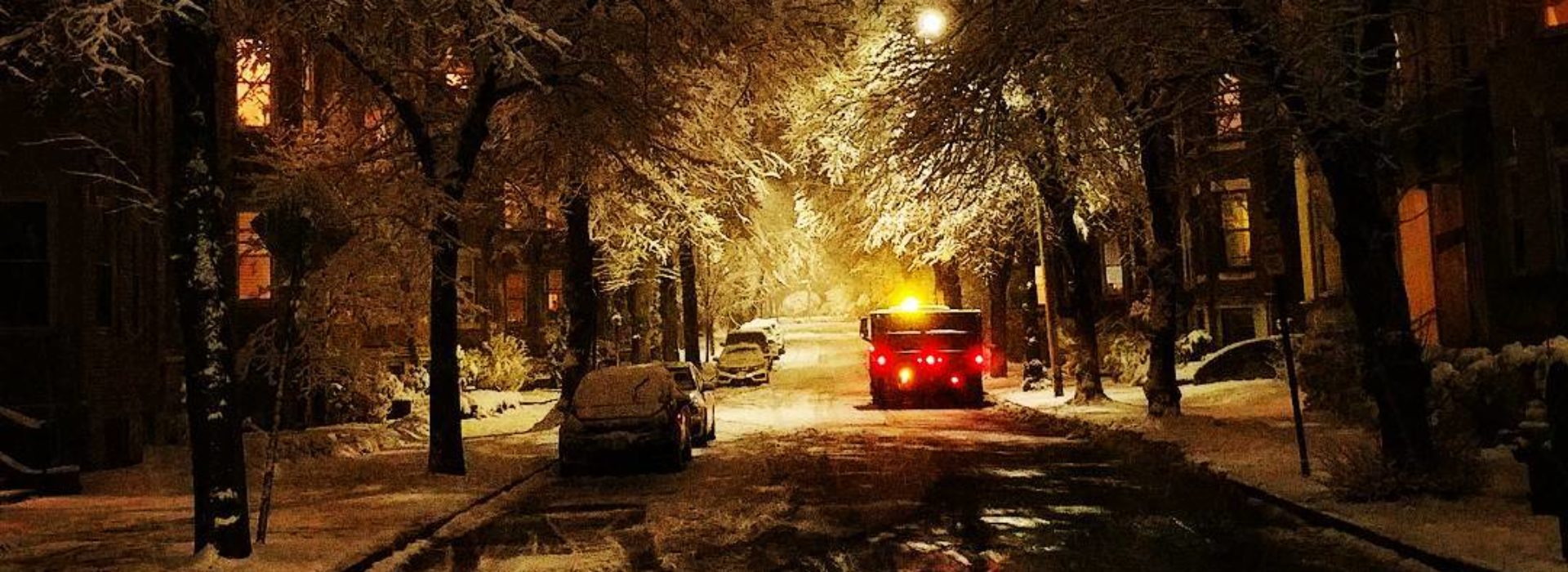THE NEW POLLUTANTS
A growing body of research suggests that, in and around traffic, what you can’t see may be killing you
Every rush hour, thousands of cars belch out an invisible fog. Whenever a piston fires, a tire spins, or a car brakes, tiny flecks of soot, metal, and rubber are left behind, drifting in the air. Pedestrians on nearby streets, people by open windows, cyclists, and school kids breathe it in, unknowingly bathing their lungs in invisible pollution. Unlike dust or sand or smoke, this fog is too small for the body to notice or expel.
Boston’s terrible traffic is no secret. Every day thousands of cars, mostly from the suburbs, idle and crawl in near-gridlock on highways and “expressways.” A recent study bestowed Boston the dubious honor of “Worst Traffic in America.”
But stories about traffic tend to focus on the cost to drivers. While it is true that commutes have gotten longer and more stressful, focusing on commute times ignores the other costs of car-based transit. Research shows that living near highways and busy roads increases the risk of asthma, lung cancer, stroke, and heart disease. Highways are a health hazard. Vehicle emissions are sickening communities. People pay for traffic with their bodies.
Source: THE NEW POLLUTANTS
